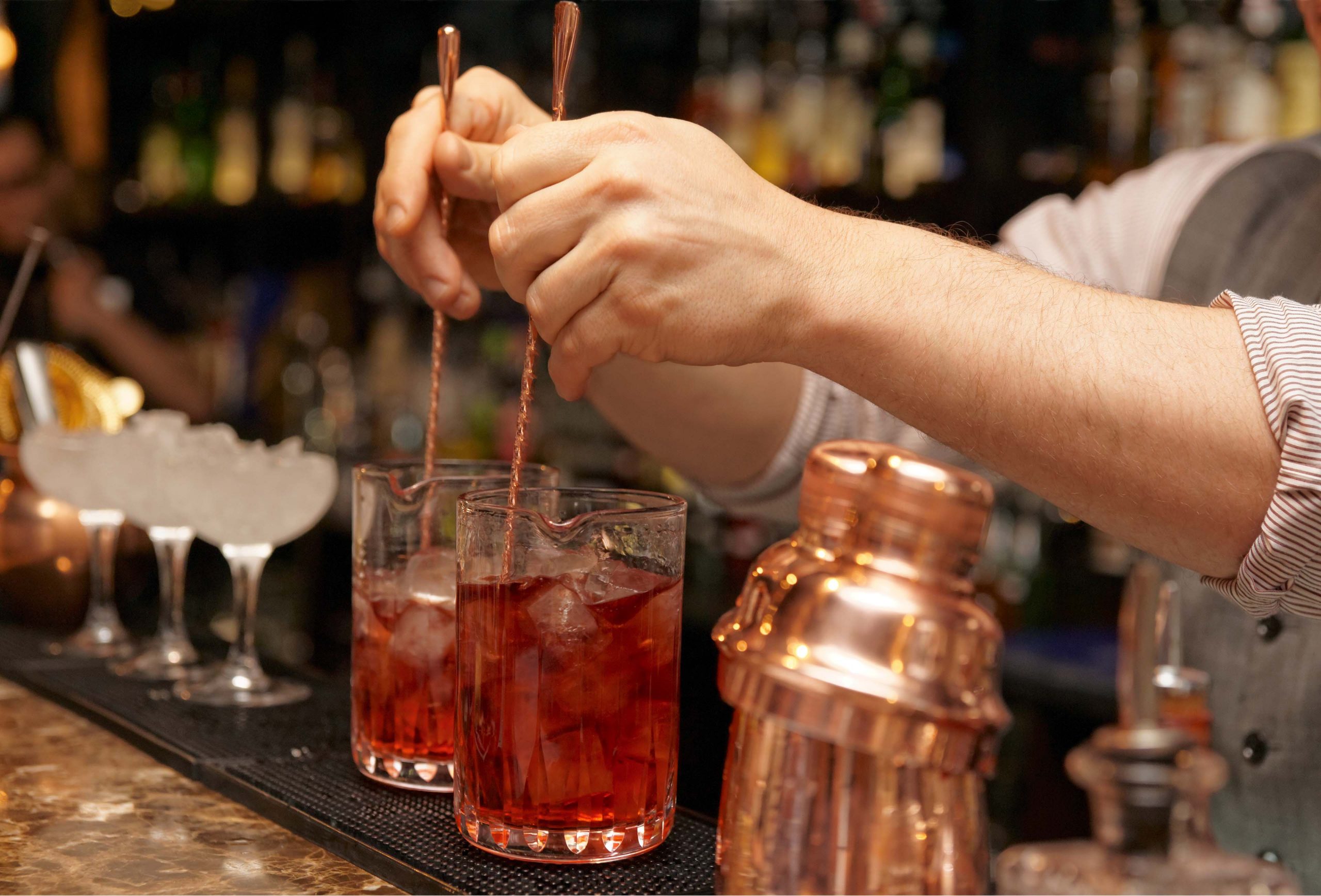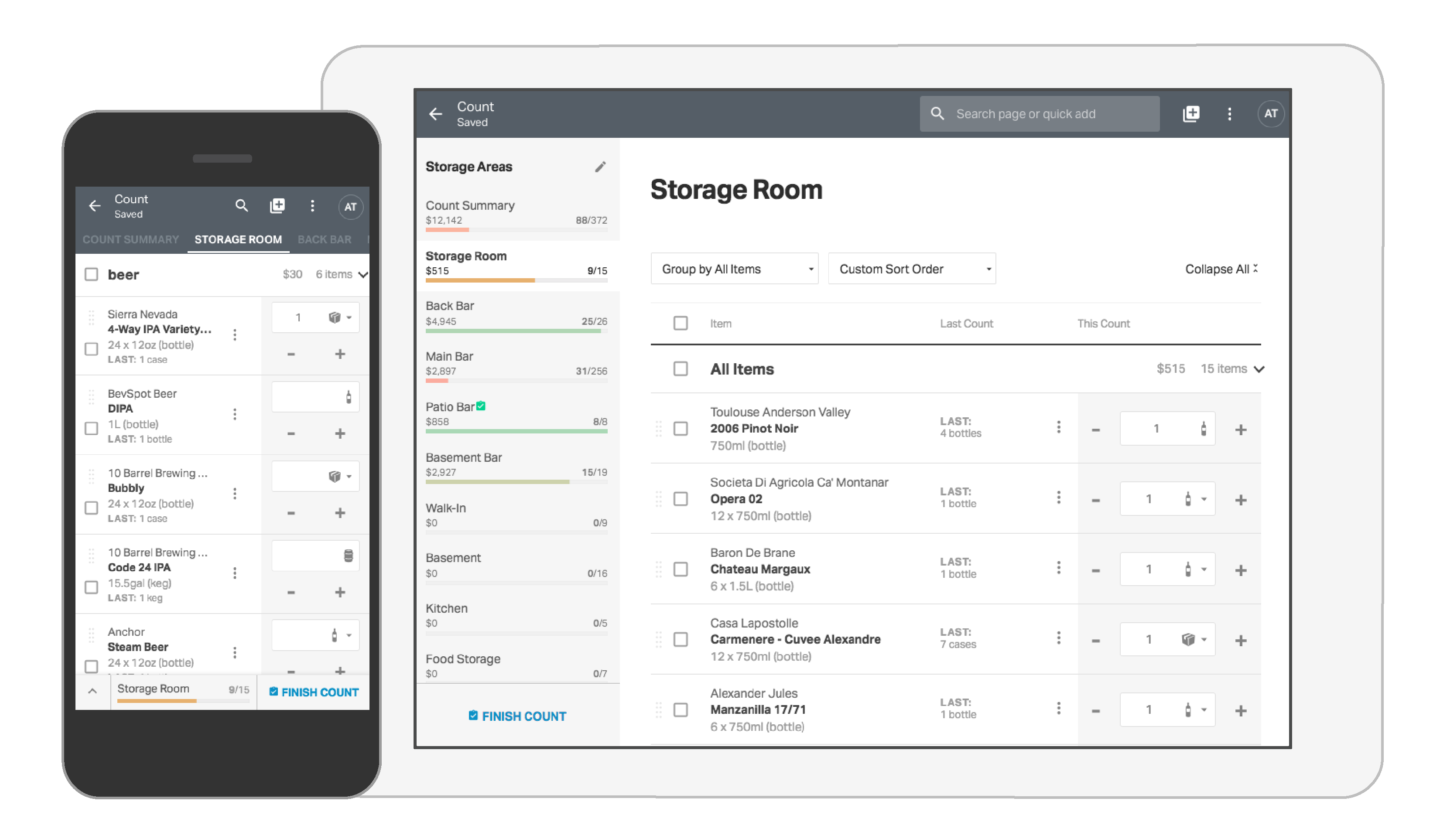


That should be your battle cry when looking at your point of sale (POS) system. Providing it’s structured properly, your POS reports should offer insights into not only the sales and profitability of your bar or restaurant, but the overall operational performance of your business.
POS systems are an investment, and they can be costly to replace. These days, many establishments own a great piece of POS technology, but often it’s only being used as a cash register and a way for staff to clock in and out.
Even in the older machines, there’s good data hidden inside—you just have to know how to find it. So remember this: It’s rarely the resources that cause businesses to fail; it’s the lack of resourcefulness.
Besides the standard sales reports and product mixes that most professionals tend to use, there are other data points you’ll want to extract from your POS in order to measure performance and set up what are known as key performance indicators, or KPIs.
Let’s look at some KPIs that can have a real impact on your bar’s profitability.
Not all sections in your restaurant are created equal, nor are your staff members. The people on your team have unique strengths and weaknesses, and, as a leader, it’s your duty to place them in positions that maximize their strengths and minimize their weaknesses.
Perhaps you have a bartender who is extremely dynamic and interactive working the main bar, but when you staff them on the service bar they seem to crash. Or maybe you have a server who is exceptional at delighting your guests, and they’re capable of maintaining service standards like pre-busing and running food until they take on a few too many tables. This is when your staff start getting in the weeds and service starts to unwind.
Most bar managers and owners try to be fair and let their team work the stations they want, giving them more tables than most can really handle and, in general, doing things that make it easier for the staff and for the manager.
But your restaurant or bar will never succeed if you allow your team to dictate how the shift is run. It’s a classic question in hospitality: “Do you run your team, or does your team run you?”
There’s one simple way to identify optimal staff placement—through the data in your POS.
A great way to eliminate any argument around sections is to assign them based on guest check average. This takes the decision out of your hands, from being a personal one to a performance-based one.
Since we know that not all sections are created equal, wouldn’t it make sense to put your top performers (salespeople) in your best sections? Your POS system can easily give you the data you need to rank your team from the highest guest check average to the lowest.
Use this list of data as a way to schedule and assign stations. It can also serve as a great internal motivator. Winners like to win, and giving your staff this kind of KPI can encourage them to improve their skills. Of course, you might have employees who struggle with this type of performance-based structure. The best thing you can do for them (and your business) is to encourage and offer training, but if all else fails, replace them.
Most modern POS systems can also run employee productivity reports that will show you guest check averages alongside average turn time for each ticket, plus any voids. Which brings us to our next KPI.
Mistakes cost money. Having a waste or spill sheet in your kitchen or bar is imperative to managing costs, but so is looking at your comp and void reports. Now, on the surface of these reports, things might appear fine. You’ll have to dig a little deeper to find the real value.
If you want better results, the key is to ask yourself better quality questions. Why are these mistakes happening? Is there a pattern or trend that can be identified? Is there a certain employee who always seems to be involved? Comps and voids, like waste, are a red flag highlighting the real problems within your business.
Margins are notoriously thin in the restaurant and bar industry, and losing 1-2% due to mistakes is irresponsible management. Sometimes, you just need to do a little detective work to uncover the truth in the data.
Smart bar operators know that the cycle of business comes in peaks and valleys. Your sales periods also have an ebb and flow to them. Use the data in your POS system to schedule smarter.
If, based on the numbers, your dinner rush doesn’t typically hit until 7:00 p.m., why would you want to bring in three extra servers or bartenders at 4:00 p.m.? If you’re trying to give your staff more hours, great, but what affect is this having on your business costs?
Modern POS systems are adept in collecting information about your customers for marketing purposes. Most will gather the basic information like guest name and email. Some, like the Toast POS system, take it even further by collecting the number of times a guest has been to your restaurant or bar plus the amount of money they spent.
With this kind of data, you can customize a loyalty program and reward those guests who frequent and spend the most money at your business. It’s easy to set up a customer email marketing campaign on a service like MailChimp. Then, you can market directly to your guests.
It’s far better to reward loyalty in current guests than to try to attract new guests with discounts. When you show people you appreciate them, you’ll go beyond loyalty and start to create raving fans.
This, of course, is just scratching the surface of the data you can mine from your POS reports system. We’ll highlight some other KPIs to target in future articles.
Most hospitality professionals are not tech experts. We usually enter into the restaurant and bar business because of our love for people.
POS and bar management software companies today understand that, and they’re designing systems that are easy to use and can help you discover what’s really going on inside your operation.
Unsuccessful bars and restaurants resist adapting to the world around them. The successful ones understand that change and adaptability—especially in this industry—are just part of a business’s natural evolution. Now there’s technology to help you do that.

Schedule 15mins to chat with a product specialist
Start a FREE Trial Today! BevSpot offers full product education and account setup for all customers! No card Information needed!
